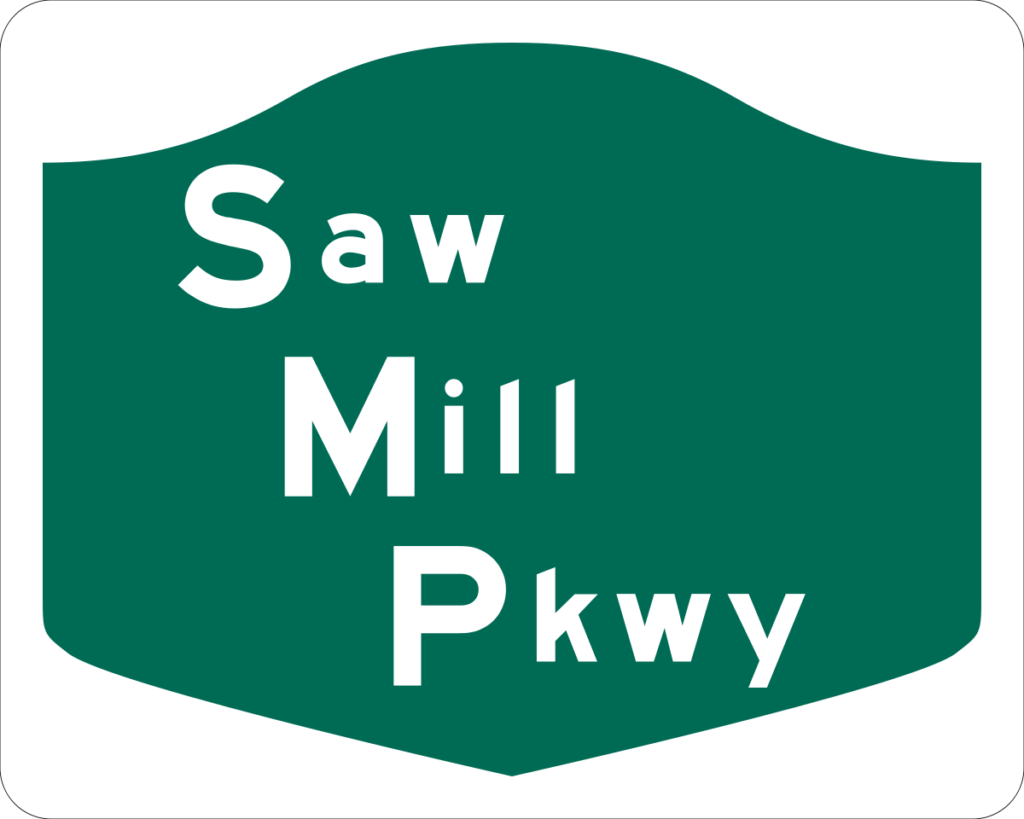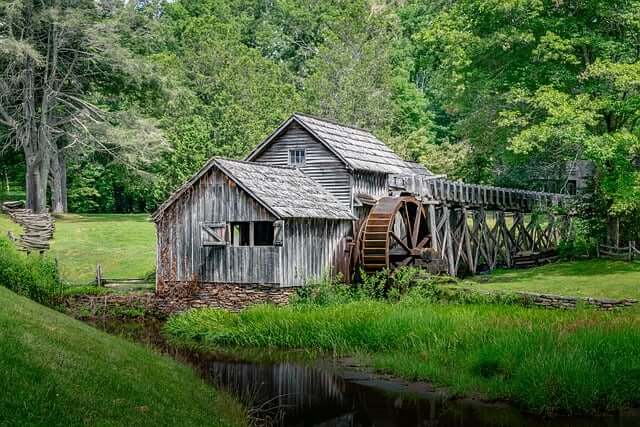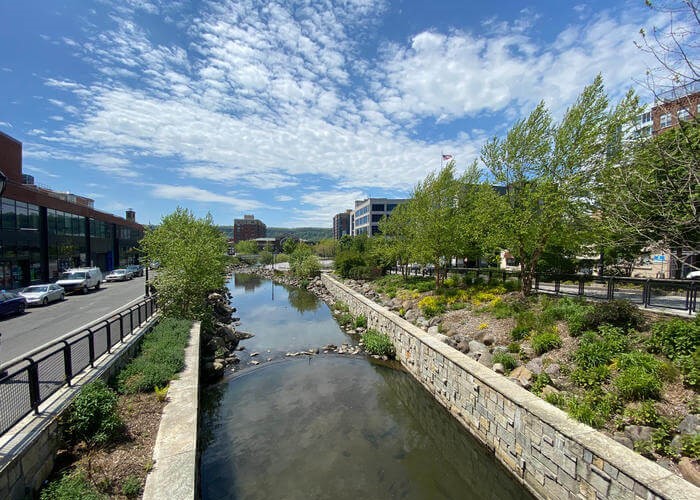If you live North of New York City, you know the drill. If you don’t, I’m sure you can relate.
There I was heading from Patterson, NY to JFK. I’m literally sitting in traffic while the extra time I planned to get to my international flight quickly ticks away.
The kind New Yorker driving next to my car in a white Land Rover kindly let’s me nose my car in the right lane. As the merging process slowly unfolds, I find myself under the big green highway sign reading “Saw Mill River Parkway” in white lettering. The process is so slow, I have enough time to start thinking. That’s when the question hits me.
Why is this road named Sawmill River Parkway? Inquiring minds want to know.
How New York’s Saw Mill River Parkway got its name.

Hey siri (still in traffic) What’s the story behind New York’s Sawmill River Parkway?
“The Saw Mill River Parkway in New York derives its name from the Saw Mill River, alongside which it runs. The river itself was named for the sawmills that were historically common along its banks.
The Saw Mill River is a 23.5-mile-long (37.8 km) tributary of the Hudson River, flowing primarily through Westchester County, New York. The construction of the Saw Mill River Parkway began in the 1920s. It was given its name to reflect a period in American history when historical importance of the sawmill industry in the area’s development.”
Thank you SIRI. I guess you can learn a lot from a dummy.
Now, here’s what I learned from editing The Working Forest.
Timber, Waterways, and Sawmills Have a Historical Relationship

Sawmills are historically built near natural waterways for power and transport.
Engineers at sawmills initially utilized water wheels, harnessing the nearby water flow for power. As technology evolved, steam became the preferred method, though a dependable source of water remained essential.
Locating sawmills close to a natural waterway like the mighty Hudson River or a tributary like the Saw Mill River is great for transportation. In fact, during the 19th and early 20th centuries, logs that were cut in the forests of the Adirondacks and other upstate areas were floated down rivers like the Hudson. Springtime was the best time to transport the logs because the water levels were high due to snowmelt.

Things that make you go hmm.
My dive into the fascinating history of this road’s hallowed name made me start thinking…
Across the USA and Canada, numerous roads carry the name Sawmill or variations such as Sawmill Road or Sawmill Street. Mind blown! Is there a reason? Or worse, is it a conspiracy?
Significance of Sawmill Roads Across USA and Canada
As people began migrating in search of more abundant resources, they eventually found their “garden of Eden,” and settled. With the decision to settle came the need for construction, to build the infrastructure and homes necessary for the new community. Given the integral role of wood in construction, it was almost a given that the sawmill would be among the first production businesses to be established in these burgeoning communities.
The process was straightforward: trees cut from upstream areas were floated downstream, where they would be processed at the sawmill. Once transformed into usable lumber, this essential material would then be distributed by road to various construction sites, facilitating the growth and development of the settlement.
This cycle made the local sawmill the cornerstone of early developing communities. Anyone and everyone in the construction game would make frequent trips to the sawmill for timber.
Sound familiar LOEWS and HOME DEPOT?
Naturally the road to the sawmill would be called, you guessed it, Sawmill Road. It typically marks an access road to where a sawmill once stood, or highlights the area’s logging history.
Sawmill Road – Now you know.
I’d hate to leave you hanging – I made the flight in time. Thank you Saw Mill River Parkway!
And thanks to all the roads that inherited their name from a sawmill. All of you deserve credit for being so helpful for many generations.